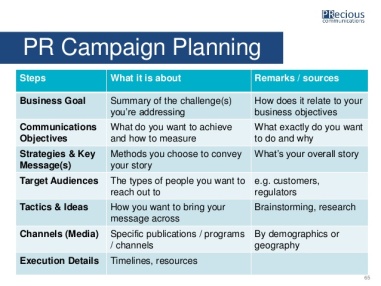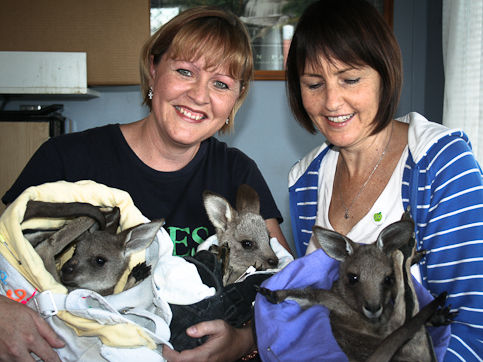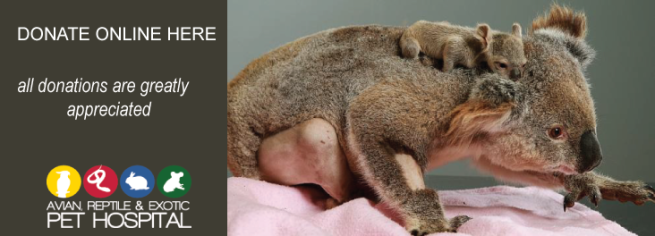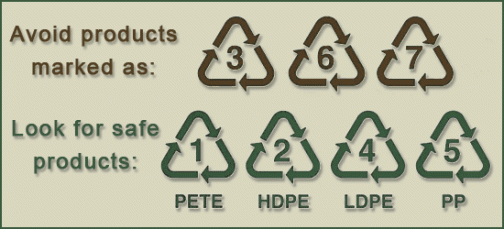Antipodean Animal Agency is a non-profit charity organisation that strives to save, protect and rehabilitate the native wildlife of Australia (WIRES, 2015). Antipodean Animal Agency has over 27 different locations with over 2500 locations and they have been proudly running for 31 years.
Our Key Message:
As a wildlife rescue and rehabilitation organisation it is our daily mission to ensure the safety and protection of the native wildlife of Australia no matter how easy, difficult, big or small they may be.
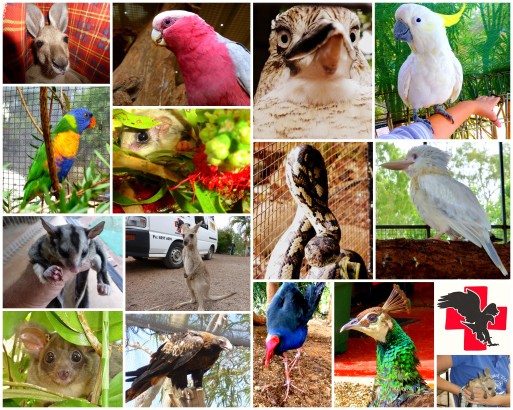 (Eagles Nest Wildlife Hospital Inc., 2013).
(Eagles Nest Wildlife Hospital Inc., 2013).
The main aspect of wildlife conservation that Antipodean Animal Agency aims to portray is their goal that they will strive to protect and save as much as they can of the native wildlife of Australia. This is done through their thousands of volunteers helping every day to rehabilitate the wildlife, the public looking out and bringing in injured animals to be cared for rather than left to die, and donators helping sponsor every day to provide food and health necessities for the injured animals. When writing any public relations campaign one must take into account the target audience that they are aiming their view or opinion towards. When looking at the different areas of target audiences and in comparison to a wildlife conservation group, the main target audience would be Australians aged eighteen and above. This particular target audience is the best as Antipodean Animal Agency is an Australian wildlife organization that only those aged eighteen and above can sponsor too. There is no particular target audience as anyone can help sponsor, participate and donate no matter how old.
References
WIRES, n.d., WIRES, Viewed 19th April 2016, http://www.wires.org.au/
Eagles Nest Wildlife Hospital Inc, 2013, The truth about our survival, viewed 4th May 2016, https://eaglesnestwildlifehospital.wordpress.com/2013/01/24/the-truth-about-our-survival/
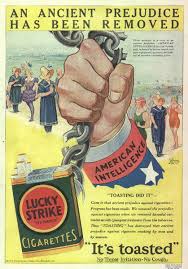 (Chakraborty, 2014)
(Chakraborty, 2014)